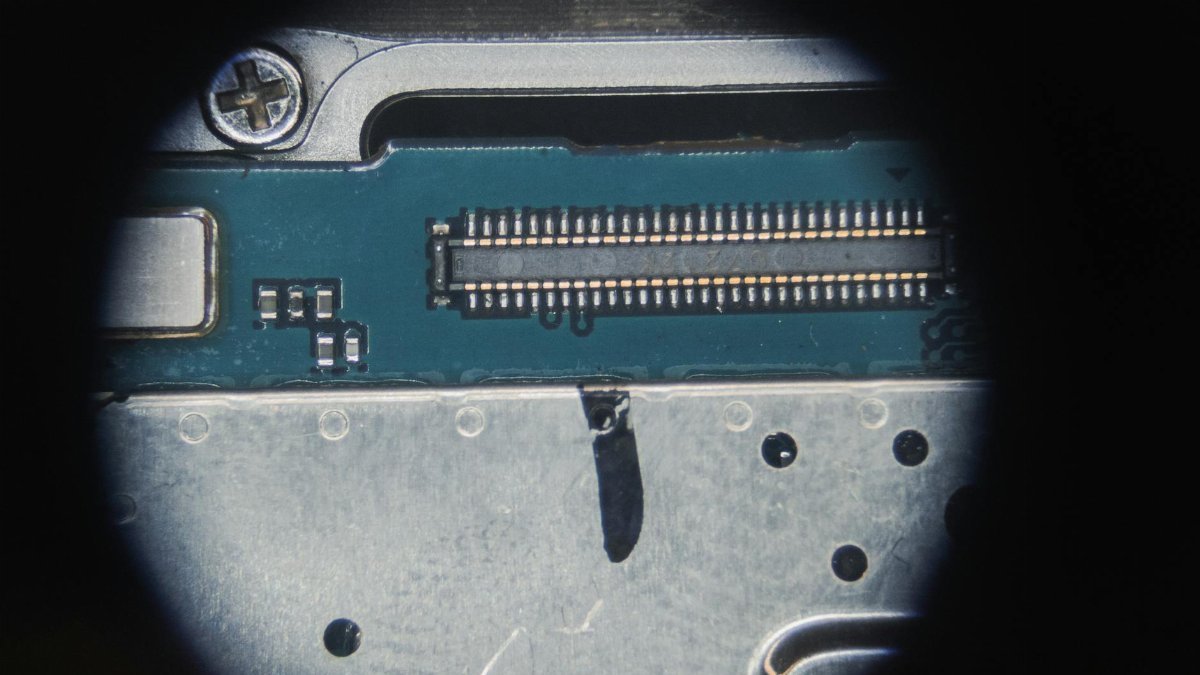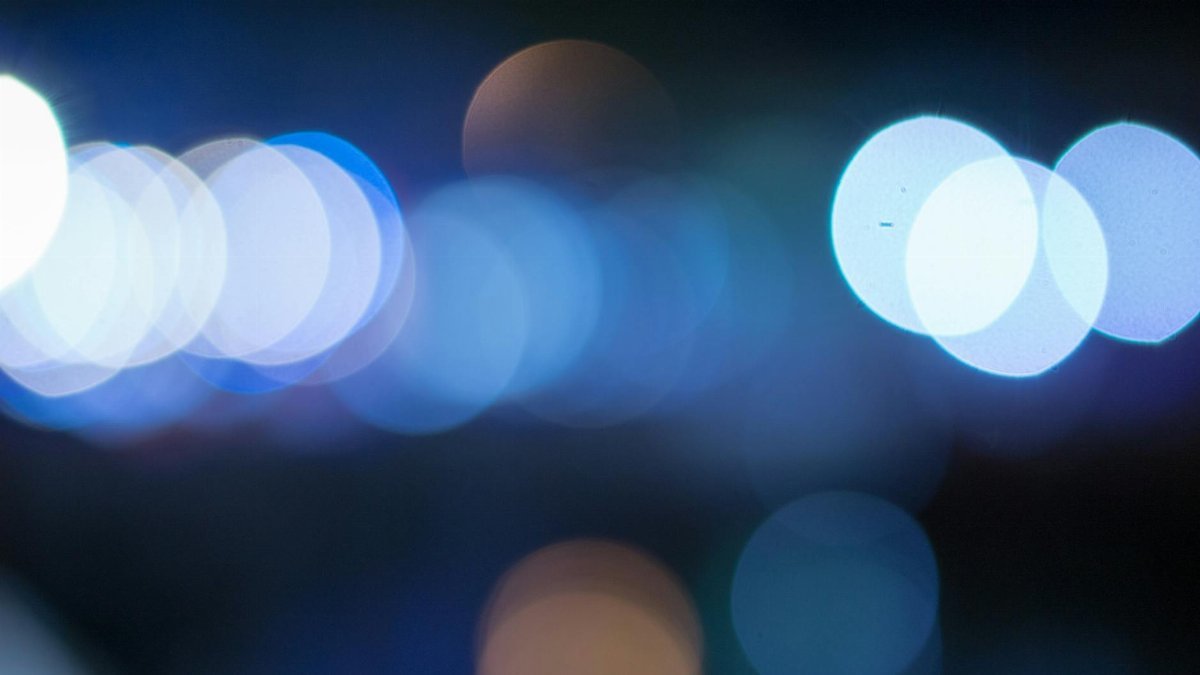What if the key to surviving the daily grind lies in a fleeting, 30-second pause? In a world where burnout looms over nearly half of U.S. workers—according to a 2023 survey by the Agency for Healthcare Research and Quality —small doses of wonder could be a quiet rebellion against stress. The concept of a “micro awe workday” is gaining traction among those seeking to rewire their mental circuits during the 9-to-5 slog. It’s not about grand epiphanies or exotic escapes. Instead, it’s the deliberate act of noticing the extraordinary in the mundane—think the shimmer of morning dew on a commute or the intricate pattern of a coworker’s desk plant. These tiny moments, research suggests, can shift focus from deadlines to delight, even if just for a breath. Could this be the subtle reset we’ve been overlooking?
The Science Behind Micro Awe

At its core, awe is a powerful emotion, often tied to vast landscapes or profound experiences. But psychologists now argue it doesn’t require a trip to the Grand Canyon. Micro awe—brief encounters with the remarkable in everyday life—can trigger similar neurological effects. Studies from the University of California, Berkeley show that awe, even in small bursts, reduces activity in the brain’s default mode network, which is linked to rumination and stress. Instead, it boosts feelings of connection and presence.
During a workday, this might look like pausing to marvel at a cloud formation outside the office window. One researcher noted that such moments “shrink the self,” making personal worries feel less overwhelming. The result? A measurable dip in cortisol levels, as reported in a 2021 study published through the American Psychological Association. For desk-bound workers, this science offers a practical antidote to the mental fatigue of endless Zoom calls.
Why the Workday Needs Wonder

American workplaces are often pressure cookers. With over 60% of employees reporting frequent stress, per data from the National Institute for Occupational Safety and Health, the need for mental reprieve is clear. Yet, stepping away for a full meditation session or nature walk isn’t always feasible. Enter the micro awe workday—a strategy that fits into the cracks of a packed schedule.
Think of it as a stealthy intervention. A facilities manager in Chicago described sneaking a 20-second glance at a vibrant mural on her way to a meeting. “It’s like a mental palette cleanser,” she said. That brief pivot from task mode to wonder mode can disrupt the cycle of stress, offering a reset without derailing productivity. For many, it’s becoming a lifeline amid the relentless pace of 2025’s hybrid work culture.
Finding Awe in the Office Grind

So, where does awe hide in a fluorescent-lit cubicle farm? It’s closer than you might think. Start with the sensory. Notice the warmth of a coffee mug against your palm, or the rhythmic hum of a printer in the background. These aren’t life-changing revelations, but they ground you in the present. One office worker recalled fixating on the way light bounced off a glass conference table during a dull briefing. “It was oddly mesmerizing,” they admitted.
Beyond the immediate, technology can help. A quick scroll through a nature photography feed during a break can spark a flicker of awe. The key is intentionality—choosing to see rather than just look. It’s less about the object and more about the mindset shift, a deliberate break from the mental churn of emails and deadlines.
Overcoming the ‘Too Busy’ Barrier

Plenty of workers scoff at the idea of pausing for wonder. With overflowing inboxes and back-to-back meetings, who has time for a micro awe workday? The objection is valid—U.S. employees average over 40 hours a week, often tethered to devices long after clocking out. Yet, the irony is that these tiny breaks can sharpen focus, not steal it.
Consider this: a 30-second pause to gaze at a striking piece of street art outside the office window demands no extra time if it replaces a mindless social media scroll. Experts suggest pairing awe moments with existing habits, like taking the stairs instead of the elevator to notice a view. It’s not about adding to the to-do list. It’s about reframing what’s already there, turning a rushed coffee run into a chance to spot something extraordinary.
The Ripple Effect on Workplace Mood

Micro awe doesn’t just benefit the individual—it can subtly shift group dynamics. When one person pauses to point out a stunning sunset visible from the break room, others often join in. These shared moments foster a sense of camaraderie, even if fleeting. Research from Berkeley’s Greater Good Science Center suggests that collective awe experiences can enhance trust and cooperation among teams.
Picture a tense project deadline. A team lead breaks the silence to mention the intricate frost patterns on the window. Laughter follows, then a brief chat about winter memories. The mood lightens. It’s not a cure-all for workplace conflict, but it’s a small crack in the wall of stress, letting a bit of humanity seep through. Over time, these micro awe workday habits might just soften the sharper edges of office life.
Building a Sustainable Awe Practice

Like any habit, weaving micro awe into a workday takes a bit of trial and error. Start small—set a reminder to pause once mid-morning for a quick scan of your surroundings. What catches your eye? Maybe it’s the way a shadow falls across your desk, or a bird perched just outside. Hold that focus for a breath or two. That’s it. No elaborate ritual needed.
Some find it helpful to keep a mental or digital log of these moments, noting what sparked awe each day. Others tie it to transitions—leaving a meeting, grabbing lunch—as a way to reset. The goal isn’t perfection but consistency. Even on chaotic days, a single second of wonder can cut through the noise. And in 2025, with workplace stress showing no signs of slowing, these slivers of respite might be more vital than ever.
The Bigger Picture of Small Wonders

Stepping back, the micro awe workday isn’t just a personal hack. It’s a quiet push against a culture that often equates busyness with worth. By carving out space for wonder, even in the smallest doses, workers reclaim a piece of their mental landscape. It’s a reminder that joy doesn’t always require grand gestures or weekend getaways. Sometimes, it’s in the overlooked details—a spiderweb glistening in the corner of a parking lot, or the unexpected kindness of a coworker’s smile.
Online, people often share how these moments anchor them. One anonymous account described stopping to watch raindrops race down a window during a grueling workday. “It felt like permission to breathe,” they wrote. Such snippets reveal a shared hunger for pause, for something beyond the next task. Micro awe might not solve every workplace woe, but it offers a starting point—a way to notice life amid the grind.
